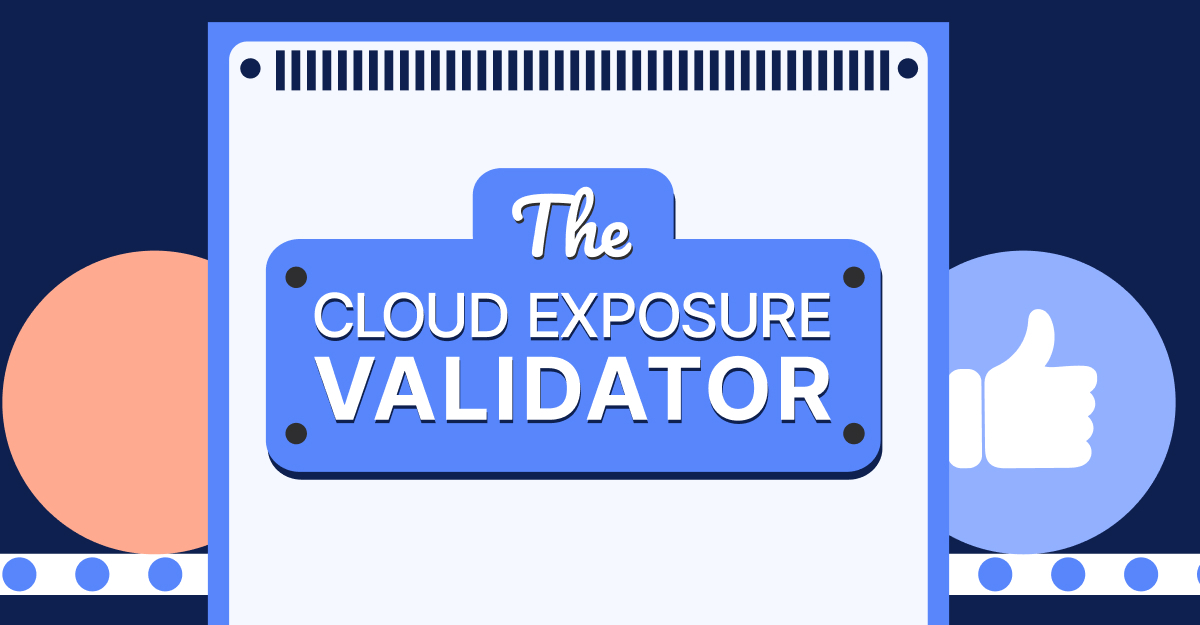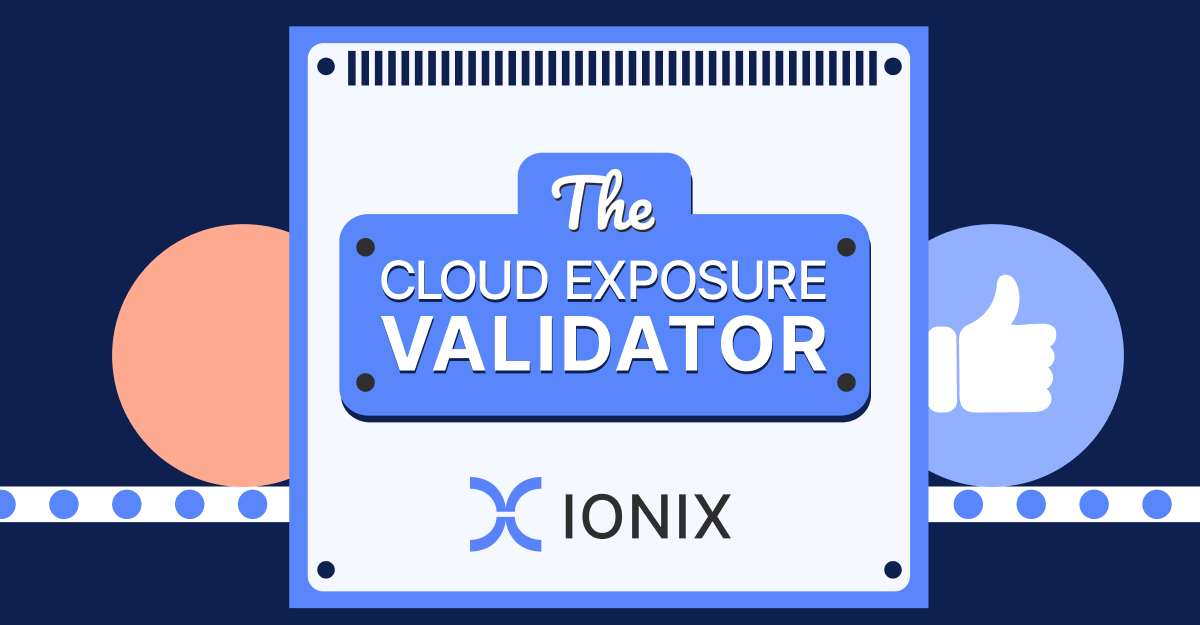Exposure Management vs Vulnerability Management: Key Differences
Historically, most organizations have managed their security risk via vulnerability management programs. These programs attempt to identify and patch as many vulnerabilities as possible, making it more difficult for attackers to find and fix unpatched vulnerabilities.
In this article
However, vulnerability management can be inefficient and miss critical security risks. Exposure management is an improved approach to risk management focused on identifying and fixing the biggest threats to the business.
What is vulnerability management?
Traditional vulnerability management focuses on identifying and addressing vulnerabilities in an organization’s applications. This often involves using automated vulnerability scanners to search for Common Vulnerabilities and Exposures (CVEs).
Each CVE has an associated Common Vulnerability Scoring System (CVSS) score that denotes its relative severity. These are commonly used to prioritize remediation efforts, starting with those of critical severity.
What is exposure management?
Threat exposure management takes a different approach to managing an organization’s cybersecurity risk, focusing on real threats to the business. It searches for vulnerabilities, misconfigurations, and other potential security threats, such as the risk of social engineering attacks. Additionally, exposure management looks at the entirety of an organization’s attack surface, including internal and external risks, as well as those associated with SaaS apps and other third-party risks.
After identifying the various threats a business faces, exposure management prioritizes them based on the real risk they pose to the business. While the severity of a vulnerability is a consideration, so are its exploitability, the existence of preventative security controls, and the potential impacts it can have on business assets and workflows.
The limitations of traditional vulnerability management, and how exposure management addresses these gaps
Exposure management is designed to address some of the most significant limitations of traditional
vulnerability management. These include:
- Reactive approach: Vulnerability management scans for publicly disclosed software vulnerabilities. Exposure management proactively attempts to identify security risks, including misconfigurations and control gaps, before they can be identified and exploited.
- Limited scope: Often, vulnerability management programs look only at external-facing software. Exposure management addresses internal and external attack surfaces as well as third-party risks like SaaS applications.
- Tight focus: Vulnerability management focuses on identifying known vulnerabilities in corporate software. Exposure management considers other potential risks, such as misconfigurations or missing security controls.
- CVSS-based prioritization: Vulnerability management typically prioritizes its findings based on severity scores, which lack important context. Exposure management uses contextual information about the business to estimate the real-world likelihood and impacts of exploitation, providing a more accurate assessment of potential business impacts.
- Lack of validation: Traditional vulnerability management assumes that every identified vulnerability poses a threat and should be remediated. In 2024 alone, over 40,000 new vulnerabilities were assigned CVEs, making it impossible to find and fix every vulnerability present in an organization’s network. Exposure management offers a more scalable and sustainable approach by validating exposures and addressing only those that pose a real risk to the business.
| Vulnerability Management | Exposure Management | |
| Approach | Reactive patching | Proactive risk management |
| Focus | Internal vulnerabilities | Internal and external risks (vulnerabilities, misconfigurations, etc.) |
| Scope | External software | Internal and external attack surfaces |
| Prioritization | Severity-based | Risk-based |
| Threat Validation | No | Yes |
Why traditional vulnerability management is not enough
Traditional vulnerability management tools and processes can play a role within an exposure management program. However, they’re not enough on their own and often lead to wasted or misallocated time and resources.
Vulnerability management alone is insufficient because it overlooks a wide range of potential threats. While software vulnerabilities pose a significant risk, so do misconfigurations, control gaps, and similar cybersecurity issues. Vulnerability management misses these, leaving organizations open to attack.
Even if vulnerability management does identify a real issue, this doesn’t mean that it will actually be addressed first. Organizations have limited resources to spend on remediation, and using CVSS scores only to prioritize remediation will not always address the most risk issues since it will miss the overall context
For example, a High severity vulnerability affecting an organization’s main database server may be ignored in favor of a Critical one on an application server in the lab. However, an attack that takes down or wipes the main database will likely have farther-reaching impacts than one that affects a single user’s computer.
Expose threats across your real attack surface with IONIX
Exposure management is a modern alternative to vulnerability management, addressing all risks across an organization’s entire attack surface. Findings are prioritized based on the risk that they pose to the business, ensuring that remediation resources are deployed properly.
Continuous threat exposure management (CTEM) leverages automation to deal with large enterprise attack surfaces and the need for up-to-date visibility into the threats that a business faces. CTEM tools automatically identify threats, prioritize them, and address them on a continuous basis. This ensures that security personnel are always focused on where they can have the greatest impact on an organization’s current risk exposure.
The IONIX platform offers continuous visibility into an organization’s real attack surface, allowing security teams to focus only on fixing threats that are urgent and need remediation. To learn more about modernizing your risk management with IONIX, sign up for a demo.



